Highlights.
- NASA’s Artemis III delay due to technical challenges, aimed at landing humans on the Moon for the first time in over 50 years.
- Key issues include the incomplete development of SpaceX’s Starship Human Landing System, untested orbital refueling, and delays in NASA’s new lunar spacesuits.
- Safety concerns and integration issues with the Orion spacecraft and SLS rocket also contributed to the postponement.
- While disappointing, the delay reflects NASA’s commitment to crew safety and long-term mission success.
NASA’s Artemis III mission program has long stood as a beacon of the next era in human space exploration. Spearheaded by the ambitious Artemis III mission, this initiative is meant to return humanity to the Moon for the first time since Apollo 17 in 1972. Originally slated for 2024 and then pushed to 2025, the Artemis III mission has now been delayed once more, with the new target date set for 2026 at the earliest. The delay has prompted widespread curiosity, concern, and debate across the space and tech communities.
Artemis III is not just another moonshot. It is a symbol of how far human spaceflight has evolved since the last Apollo landing in 1972. This mission is intended to undertake a landing on the lunar surface, targeting the Moon’s south pole, a region never before explored by humans. The mission also represents a crucial stepping stone towards NASA’s long-term vision: establishing a sustainable lunar base and preparing for an eventual crewed mission to Mars. The stakes are high, and the ambition is grand.
Table of Contents
A New Space Age: The Ambition of Artemis.
To understand the significance of this Artemis III delay, it is essential to grasp the broader goals of the Artemis program. Named after the Greek goddess of the Moon and the twin sister of Apollo, Artemis is NASA’s first flagship effort to reassert human presence on the Moon, while laying the technological and operational groundwork for deeper space exploration. The program began in earnest in 2017, ushering in a new era of international cooperation and public-private collaboration in space missions.
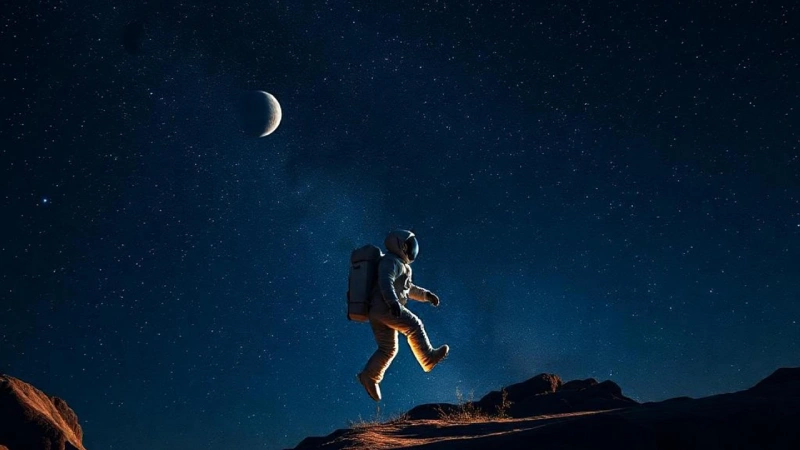
Artemis I, an uncrewed mission that successfully orbited the Moon and returned to Earth in November 2022, served as the inaugural demonstration of the new Space Launch System (SLS) and Orion spacecraft. Artemis III, currently scheduled for September 2025, will carry astronauts around the Moon without landing.
But Artemis III is the crown jewel. It is designed to conduct the first crewed lunar landing in over half a century and pave the way for future missions that will eventually lead to long-term lunar habitation and Mars exploration. Its delay is, therefore, a delay in a vision far larger than one mission alone.
The Causes Behind the Delay.
Delays in spaceflight are rarely the result of a single obstacle. In the case of Artemis III, multiple complex systems must work together flawlessly, many of which are still in various stages of development or testing. At the center of the delay is the Human Landing System (HLS), based on SpaceX’s Starship spacecraft.
While SpaceX has made impressive strides in reusable rocket technology and deep space transport, Starship is still a long way from being fully mission-ready for a crewed lunar landing. Critical milestones, such as in-space cryogenic fuel transfer and soft lunar landings, have yet to be completed.
In early 2024 and again in 2025, prototype Starships encountered serious setbacks during integrated launch tests. While some tests successfully reached suborbital trajectories, others resulted in explosions or unanticipated loss of control upon reentry. Each failure provides valuable data, but shows that the systems have far to be evolved before earning NASA’s human-rating certification.
Given that Starship will need to refuel in Earth orbit before descending to the Moon with crew onboard, the engineering and logistical challenges are monumental. As of now, SpaceX has not completed a single orbital refueling test, an essential element for mission success.
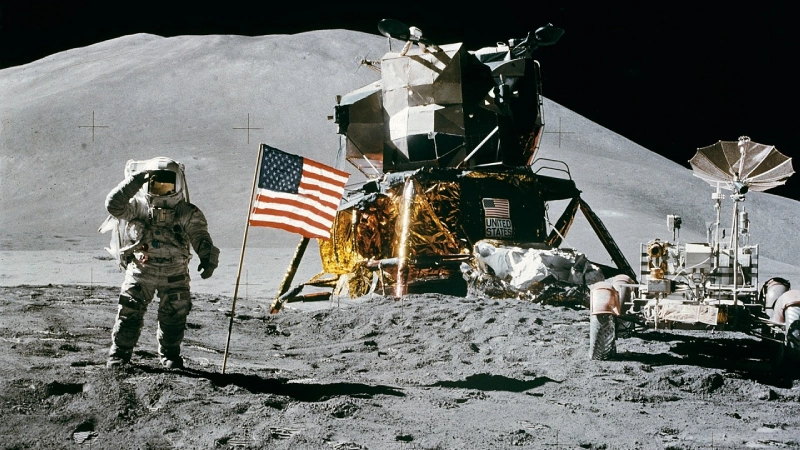
Another key factor in the delay is the development of NASA’s next-generation spacesuits, known as the Exploration Extravehicular Mobility Unit (xEMU). These suits are being developed by Axiom Space under a $228 million contract and are tailored specifically for the rugged terrain and harsh conditions of the Moon’s south pole.
However, their production and testing timelines have fallen behind. Initial evaluations showed promising design enhancements compared to the legacy suits used in the Space Shuttle era, but issues with thermal control systems and limb mobility have surfaced during environmental testing. Until these suits are validated in realistic mission simulations, no lunar EVA, or extravehicular activity, can be conducted.
Compounding the situation are issues with the Orion spacecraft and the SLS rocket system. While Artemis I provided proof of concept, it also revealed a few unexpected technical problems. Notably, the Orion capsule’s heat shield experienced greater erosion than predicted during atmospheric reentry. Additionally, software inconsistencies and navigation anomalies highlighted the need for deeper integration testing and upgrades. With human lives at stake in Artemis III, there is no room for error. Each fix or upgrade, no matter how minor, requires months of validation and certification.
Safety First: Rushing is No Option.
In January 2024, NASA Administrator Bill Nelson emphasized that the decision to delay Artemis III stemmed from a clear commitment to safety above all else. Drawing comparisons to past missions where rushing led to tragedy, such as the Challenger and Columbia shuttle disasters, NASA leadership reiterated the principle that no milestone is worth risking astronaut lives. In this context, the delay of Artemis III is not a failure but a responsible recalibration of expectations in the face of real-world limitations.
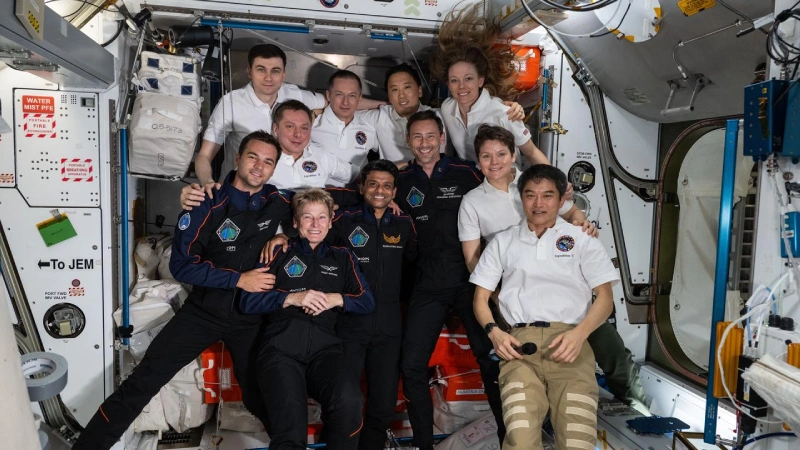
The Artemis program also represents a delicate balance between national prestige and international collaboration. Multiple countries and commercial entities are invested in the mission’s success, and any incident would echo across governments, aerospace firms, and scientific communities worldwide. The delay, therefore, is also a message of transparency and prudence, a hallmark of modern space governance.
Echoes of James Webb.
It is worth noting that delays in large-scale space projects are not unprecedented. The James Webb Space Telescope (JWST), now one of the most celebrated achievements in space-based astronomy, faced over a decade of delays and budget overruns before its successful launch in December 2021. Critics once called it a “telescope that would never fly,” but its groundbreaking discoveries, including various insights into early galaxy formation and exoplanet atmospheres, have more than justified the wait.
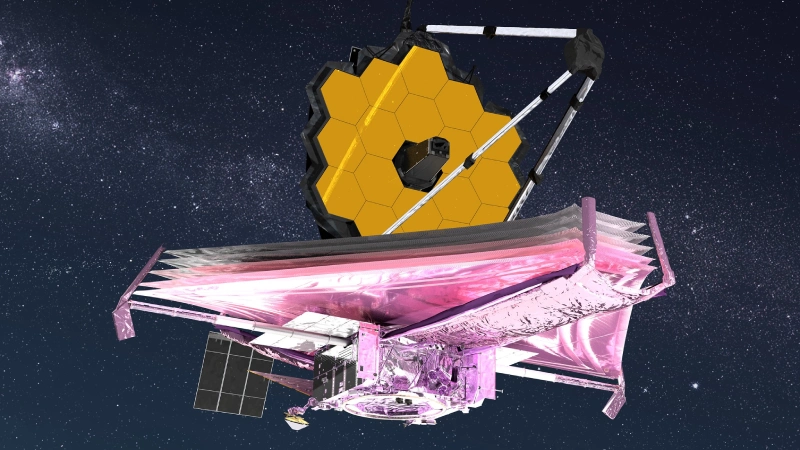
NASA is hoping Artemis III will follow a similar trajectory: a delayed start that yields transformative long-term benefits. In both cases, the delays reflect the complexity of pushing the boundaries of what is technically possible, not a lack of ambition or competence.
Ripple Effects on the Artemis Roadmap.
The delay of Artemis III will inevitably impact the timing of subsequent Artemis missions. Artemis IV, currently scheduled for 2028, is intended to begin assembly of the Lunar Gateway, a small crewed space station that will orbit the Moon and support longer-term exploration. The Gateway will serve as a staging point for lunar landings and eventually deep space travel, including Mars-bound missions. If Artemis III continues to face setbacks, Artemis IV may require rescheduling or redesigning its mission architecture to accommodate the revised timeline.
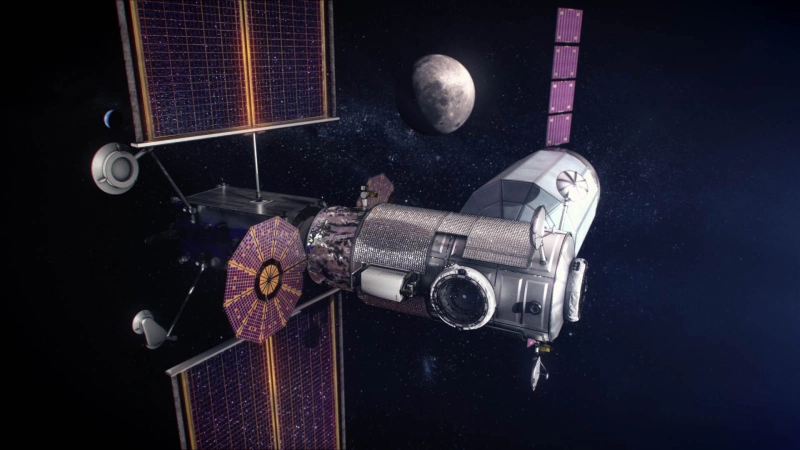
Looking further ahead, Artemis V and VI are slated to deploy larger payloads, habitats, and robotic infrastructure to the lunar surface. These missions represent NASA’s first serious attempts to build a sustainable lunar base using local resources, such as harvesting ice from permanently shadowed craters to generate drinking water and rocket fuel. Delays to Artemis III push back the entire timeline for creating a Moon-base ecosystem, postponing NASA’s Mars ambitions in the process.
The Artemis Delay in a Global Context.
NASA is not the only player with lunar ambitions. China has announced plans for a crewed lunar mission by 2030 through its Chang’e program, and its upcoming International Lunar Research Station, a partnership with Russia, aims to establish a base at the Moon’s south pole. India’s ISRO, riding high after the success of its Chandrayaan-3 lander, is also exploring crewed lunar and orbital missions within the next decade.
The Artemis III delay could give other spacefaring nations time to close the technological gap. This adds a layer of geopolitical significance to NASA’s timing decisions. While NASA emphasizes scientific collaboration, national prestige and leadership in space remain underlying motivators. The delay of Artemis III could inadvertently shift the balance in the emerging global space race.
What Lies Ahead?
Despite the delay, the Artemis program continues to inspire innovations across aerospace, computing, materials science, and AI. Private companies like Intuitive Machines and Astrobotics are already launching commercial payloads to the Moon under NASA’s Commercial Lunar Payload Services (CLPS) program. These missions test autonomous navigation systems, terrain mapping, and robotic tools that will support future human operations.
In the next decade, we can expect the rise of a commercial lunar economy. This includes lunar mining for rare earth elements, in-situ manufacturing using lunar regolith, and even space tourism. Companies such as Blue Origin and Lockheed Martin are investing in modular lunar habitats and reusable landers. Artemis III is the ignition point for this economic engine, and its delay does not stall the momentum, only shifts the timeline.
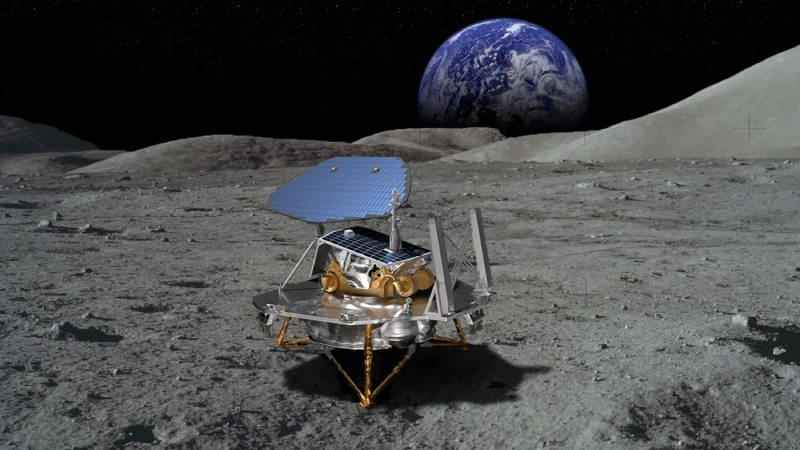
Furthermore, every lesson learned from Artemis directly informs NASA’s Mars strategy. The technologies being tested today such as cryogenic storage, life support systems, and autonomous docking are foundational for crewed Mars missions targeted for the 2040s. Delaying Artemis III improves the likelihood that future interplanetary missions will be safer and more sustainable.
The Moon Shall Have to Wait.
The Artemis III delay is a sober but necessary recalibration in the timeline of humanity’s return to the Moon. It demonstrates NASA’s prioritization of safety, technological reliability, and international credibility. While disappointment is natural, the underlying message is one of careful progress, not retreat. When Artemis III does launch, be it in 2026 or later, it will not just be another mission. It will be one giant leap toward a permanent human presence beyond Earth, and ultimately, the first steps on the path to Mars.